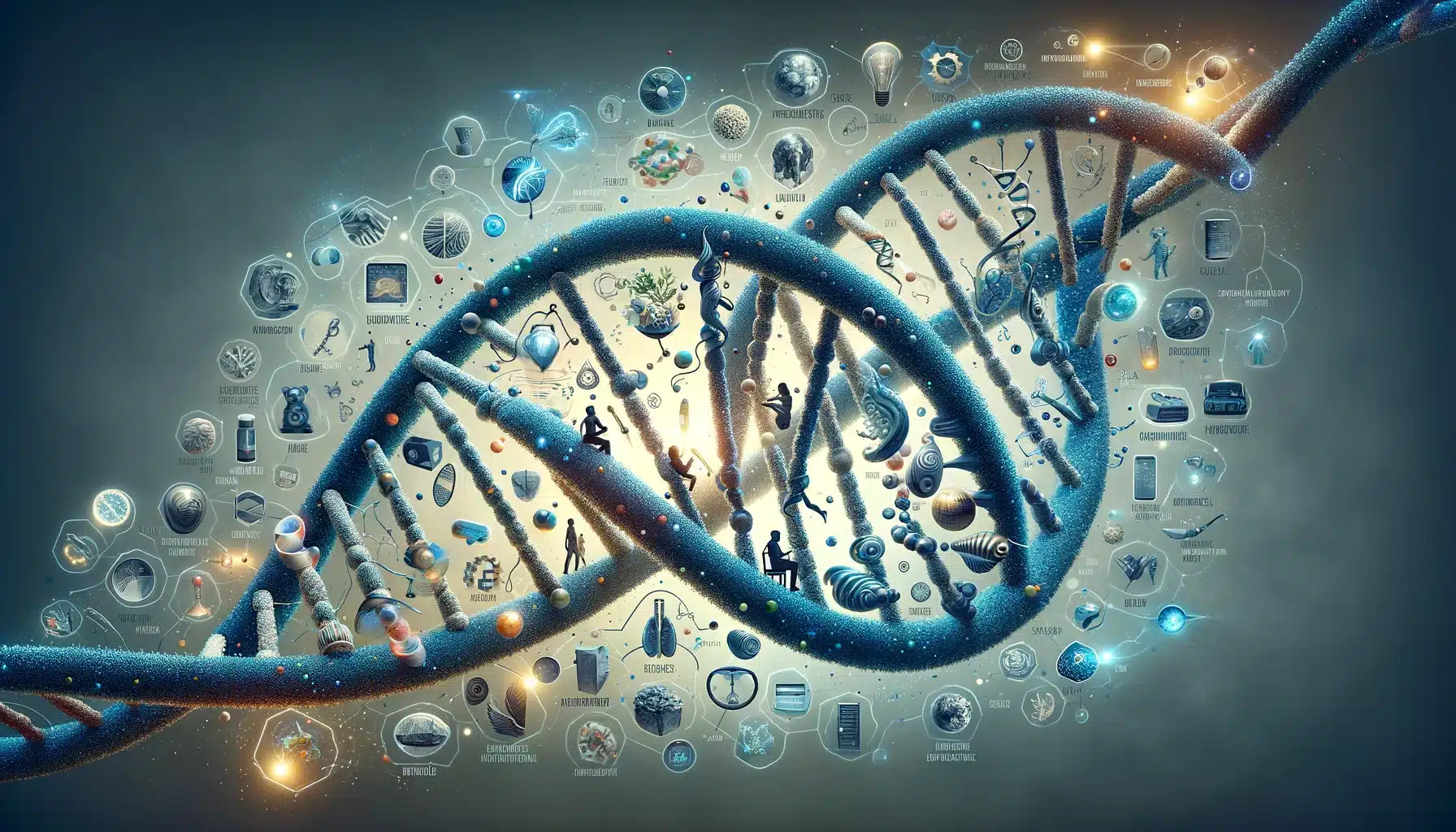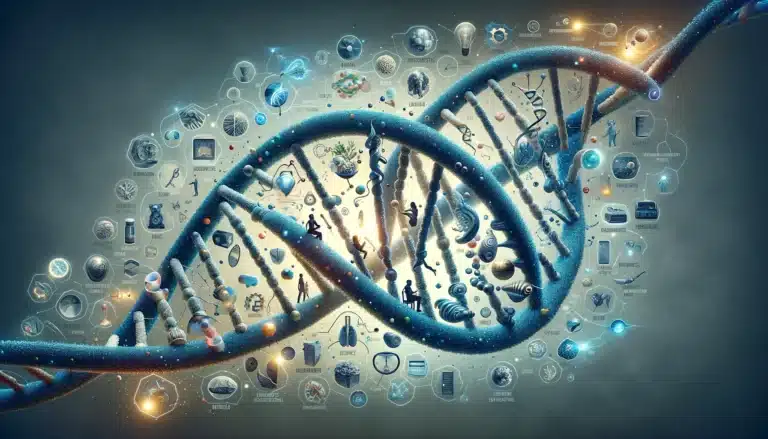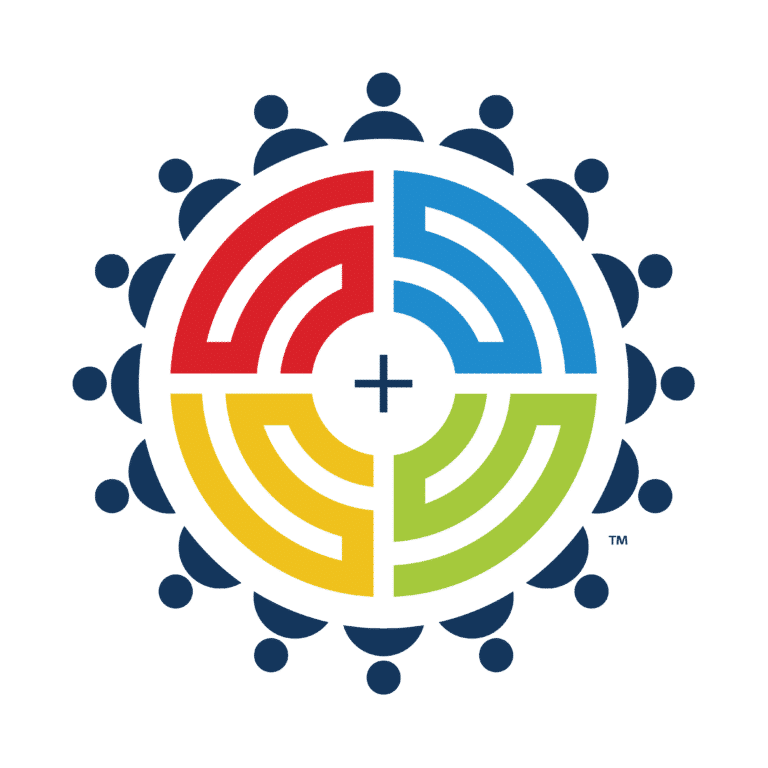While widely used, the customer journey analogy may fail to capture the complexity of how individuals navigate their relationships with brands. Humans naturally construct narratives to interpret their experiences, and when they interact with a brand, they incorporate elements of that brand’s story into their own.
Each individual possesses a unique lens through which they perceive the world, shaping their interpretations and responses. To effectively connect with customers, marketers must grasp the intricacies of their needs, desires, and concerns, fostering trust and resonance.
Storytelling is a powerful tool for intertwining the brand narrative with the customer’s narrative, whether by addressing a need or sparking desire. Strong brands excel at aligning their story with that of the customer, creating a symbiotic relationship where the brand becomes an integral part of the customer’s identity.
I visualize this relationship as a double helix, reminiscent of DNA, where the brand narrative and the customer’s story intertwine like base pairs, forming a cohesive structure. These touchpoints serve as the foundation of the relationship, binding the two narratives together throughout the engagement cycle.
Dan McAdams, a professor of psychology at Northwestern University, wrote a chapter for the APA Handbook of Personality and Social Psychology, along with Erika Manczak:
“Life stories do not simply reflect personality. They are personality, or more accurately, they are essential parts of personality, along with other parts, like dispositional traits, goals, and values. In narrative psychology, a person’s life story is not a Wikipedia biography of the facts and events of a life, but rather the way a person integrates those facts and events internally — picks them apart and weaves them back together to make meaning. This narrative becomes a form of identity in which the things someone chooses to include in the story and the way she tells it can both reflect and shape who she is. A life story doesn’t just say what happened, it says why it was necessary, what it means for who the person is, for who they’ll become, and for what happens next.
Alfred Adler wrote:
Life is incredibly complex. There are always lots of things going on in our environment and our lives, and to hold onto our experience, we need to make meaning out of it. We do that by structuring our lives into stories.
Thomas Schelling, in his paper ‘Egonomics, or the Art of Self-Management,’ suggests that:
… individuals suffer from a sort of split personality disorder whereby the present self wants a specific thing (e.g., eating a cookie). Still, the future or past self wants something different (e.g., losing weight).
Gaurav Madan, the author of Egonomics (2008), affirms that:
At the core of ‘egonomics’ is the idea that within each individual exist two selves: the past or future self and the present self, which are constantly at odds, leading to cognitive dissonance between the two. Both selves exist within us and are equally valid, but aren’t always active at the same time. It’s a natural and ongoing conflict between immediate desire and long-term desires, we call longing. Egonomics is the pursuit of awareness of that longing.”
Case studies illustrate how ego subtly interferes with success and how ego sparks the drive to achieve, the nerve to try something new, and the tenacity to conquer adversity — from the book ‘Egonomics’ (2008).











